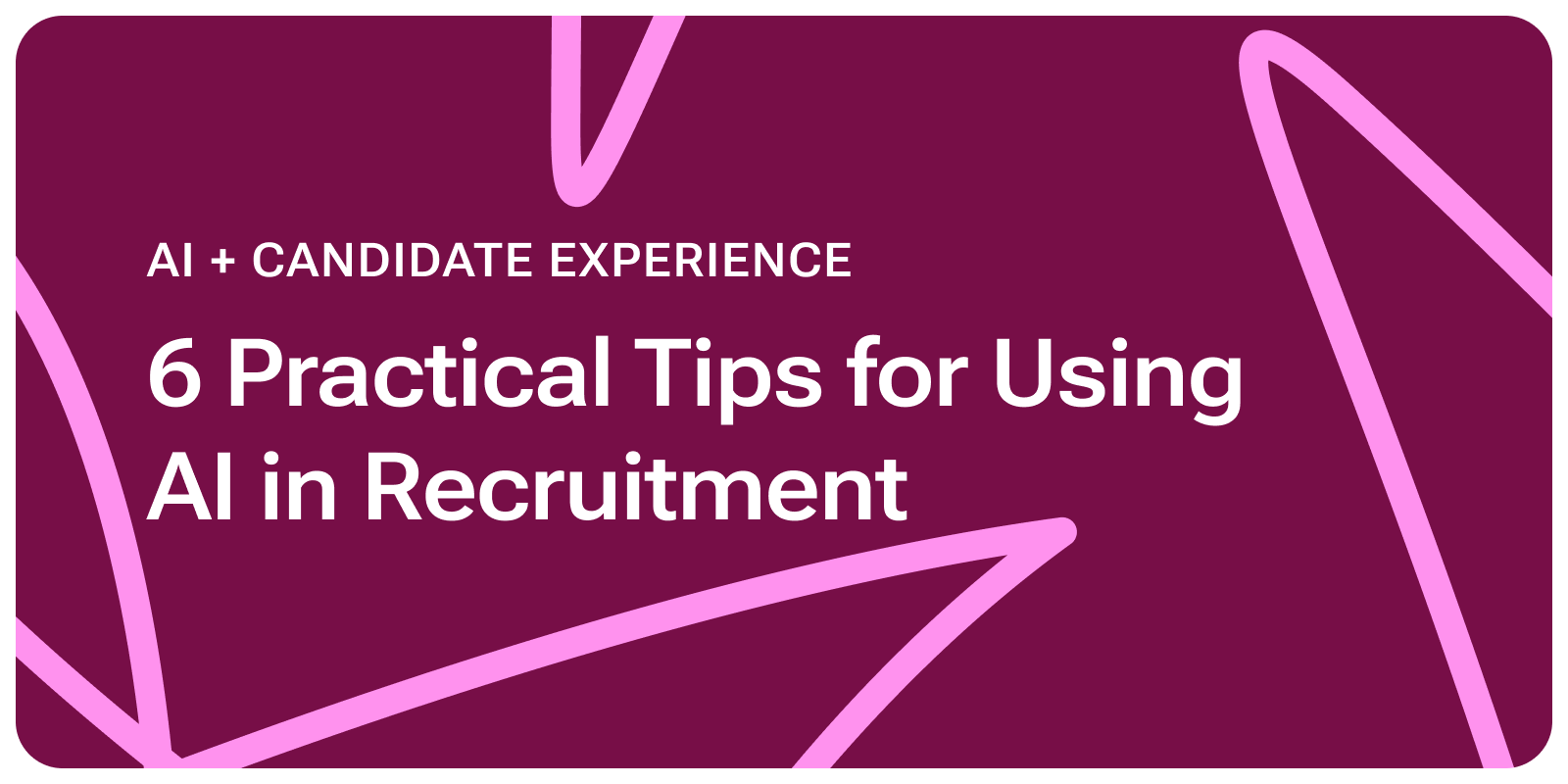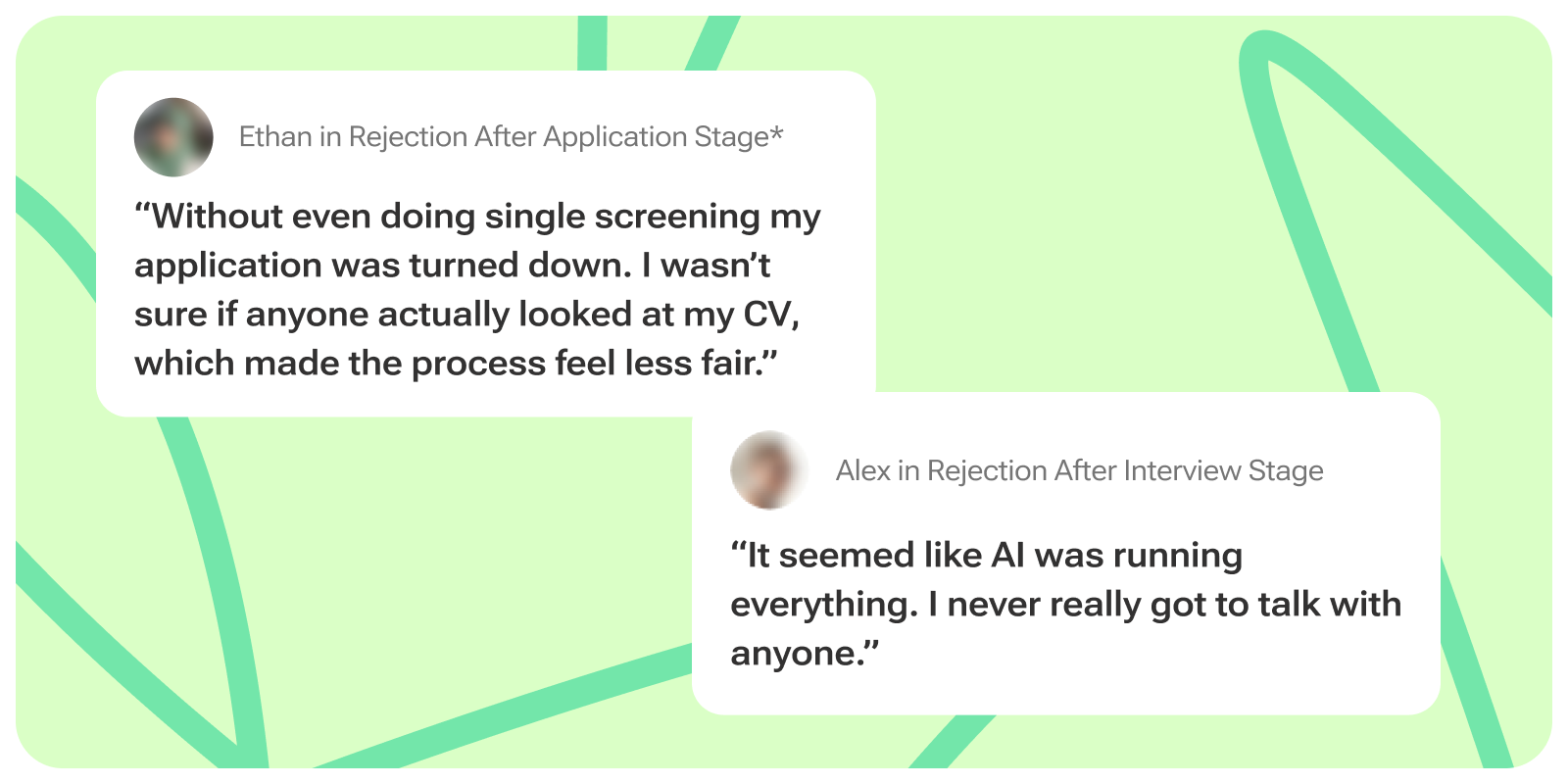Hiring is one of the most important decisions a company makes. It’s also one of the hardest to get right.
Most recruiting metrics stop at the finish line of the company's hiring process–offer accepted, contract signed. But what happens next? That’s where Quality of Hire steps in. It’s the metric that connects your hiring decisions to real business outcomes. It’s asking: “Did we hire the right person who will fit and contribute long-term? “
In this blog, we’ll explore what Quality of Hire really means, why it’s critical to your business, and how understanding it can help you make better hiring decisions. We’ll also touch on the key indicators Starred uses to help organizations measure it and share helpful resources that you can use to get started.
Defining Quality of Hire
Quality of Hire is a performance-based metric that evaluates how well a new employee contributes to your organization. It goes beyond “did they accept the offer?” or “did they succeed in the recruiting process?” Instead, it asks:
- Is this person adding measurable value?
- Are they aligned with company culture and goals?
- Are they likely to grow, stay, and contribute long-term?
Unlike many recruitment metrics that focus on process efficiency, Quality of Hire is about outcomes. It’s a reflection of how well your hiring decisions pay off – weeks, months, or even years after someone joins. In short, this metric asks: Did you make a good hire?
It’s a simple concept with powerful implications: a great quality hire boosts performance, strengthens culture, and drives retention. A poor hire can have the opposite effect, quietly draining team motivation, slowing down productivity, and increasing turnover risk.
Why Can It Be Difficult to Measure?
One of the challenges with Quality of Hire is that it’s not a fixed metric. Success looks different for every company and even every role. Plus, much of the data can be subjective – different departments might have different views on what is quality of hire. For a sales hire, you might look at the revenue generated in the first six months. For an engineer, it could be code quality or speed to perform.
To address these challenges, companies are starting to look for ways to standardize how they track Quality of Hire. That often means identifying clear drivers and collecting input from both hiring managers and new hires at the same time to identify the quality of hire score.
Quality of Hire Indicators and Metrics
While every organization will define success differently, Starred focuses on three core drivers (job fit, company fit, and performance) that offer a well-rounded view of Quality of Hire. Having this breakdown makes it straightforward and easy to see if your hiring team made the right choice.
To measure these aspects, we collect structured feedback from both hiring managers and new hires through automated surveys. These surveys are sent out at key moments in the employee lifecycle (typically 30 or 60 days post hire) when new hires have settled in enough to reflect on their experience so far, and hiring managers can start seeing early signs of fit and performance. This timing helps gather valuable insights for both sides, providing consistent, actionable data you can track over time to improve hiring and onboarding outcomes.

1. Job Fit
Is the job the right fit for the new hire? Are they meeting expectations and contributing meaningfully?
In our Quality of Hire survey, we ask both the new hire and the hiring manager to rate the job fit on a scale from 1 to 10. This dual perspective provides valuable insight into how well the new hire is aligning with the role and company expectations. By comparing the ratings from both sides, you can identify any gaps in perception and understand where adjustments may be needed for a stronger, more effective collaboration moving forward.
2. Company Fit
Does the new employee align with the company’s culture and values? Are they contributing positively to the team dynamic? This can include questions about:
- Cultural fit
- Team dynamics
- Collaboration
- Attitude
3. Performance Factors
Are they showing potential for growth? Are they taking ownership, solving problems, and driving initiatives? Other topics to determine if the hire will be valuable long-term can include:
- Skill match
- Goals and targets
- Job performance
- Growth potential

The Role of Hiring Managers
Hiring manager satisfaction is often the strongest indicator that you have made a good decision. They see first-hand how quickly a new team member gets up to speed, adapts to the team, and performs in the role.
Hiring manager satisfaction surveys help answer questions like:
- Are they meeting the expectations set during the interview?
- Do they require more support than expected?
- Are they proactively contributing or falling behind?
Their input is critical, not just in hiring decisions but in evaluating outcomes. That’s why involving hiring managers in the Quality of Hire feedback loop is so important. Their insights create the foundation for continuous improvement in hiring.

The Role of New Hires
New hires offer a different but equally valuable perspective.
Their early experiences can reveal whether your recruitment process delivers what it promises. It can show whether the hiring process accurately reflected the role, whether they feel supported, and how they see a future at your company.
Asking new hires for feedback can uncover:
- Early engagement and enthusiasm
- Perception of onboarding and role fit
- Confidence in their ability to succeed
- Willingness to recommend the company
Capturing this feedback is crucial not only for Quality of Hire, but for improving your onboarding process, Candidate Experience and employee engagement down the line.
The Positive Impact of Measuring Quality of Hire
Once you start measuring Quality of Hire, things change fast. Companies that focus on it, see improvements not just in recruitment but across the entire employee lifecycle. Here are some of the benefits:
1. Better Hiring Decisions
When you start capturing and analyzing Quality of Hire data, your hiring process becomes more intentional. You move from "gut feel" decisions to data-driven hiring. Quality of Hire data helps refine job descriptions, interview questions, and performance metrics. Over time, patterns emerge, revealing what really defines success in a role.
2. Increased New Hire Retention Rate
Employee retention is one of the clearest signals of success. Employees who are a strong fit both in skills and culture are more likely to stay. When employees stick around, they contribute more, grow into future leaders, and help maintain a strong and stable company culture. That reduces the cost of turnover, increases trust in recruitment teams, and fosters a strong team performance.
3. Improved Candidate Experience
When you know what makes a great hire, you can communicate more clearly during the hiring process. You set realistic expectations, ask the right questions, and create a Candidate Experience that feels personalized and meaningful.
This results in candidates who are better prepared, more aligned with the role, and more engaged from day one. It also boosts your Employer Brand; when candidates feel informed, supported, and respected, they’re more likely to speak positively about your process, even if they don’t get the job.
4. Strategic Recruitment Planning
With Quality of Hire data, Talent Acquisition leaders can identify patterns across roles, teams, locations, and time periods. Maybe certain departments consistently hire high performers, while others struggle with fit.
This kind of insight allows for smarter workforce planning. It helps TA teams prioritize high-impact roles, refine hiring strategies for problem areas, and shift the conversation from volume-based recruiting to quality-based growth.
It also positions the recruitment team as a strategic function. With actionable outcomes tied to hiring decisions, TA gains credibility across the organization and a stronger voice at the table when it comes to talent strategy.
The Consequences of Ignoring Quality of Hire
Not tracking Quality of Hire doesn’t just leave you in the dark; it can actively hurt your business success. Without clear insights into whether your hires are truly successful, you risk repeating the same mistakes, damaging team performance, and losing trust in the hiring team. Here’s what happens when you skip this metric:
1. Financial Loss
Bad hires are expensive. On average, a bad hire can cost your business 30 percent of the employee’s first-year earnings. But the true cost becomes much higher when you factor in the full picture: recruitment spend, onboarding time, lost productivity, severance costs, and the resources needed to replace the hire.
2. High Turnover Rate
If a new hire fails to meet expectations, they either leave early, driving up new hire attrition, or worse, they stay and underperform, feeling misaligned with the role or company. This creates friction in teams, slows down productivity, and starts a costly cycle of rehiring and retraining.
3. Lower Team Productivity
A bad hire can slow down an entire team. They may require more training, miss deadlines, or disrupt collaboration. Over time, this affects team output and can cause a 36% drop in productivity in the team. The longer the mismatch goes unaddressed, the deeper the impact on morale, efficiency, and overall performance.
4. Lost Trust in Talent Acquisition Teams
When hiring managers experience multiple mis-hires, confidence in the recruitment team starts to fade. They may begin to question whether their feedback is being heard or whether the hiring process is built to deliver the right candidates for their team. On the other side, recruiters can become frustrated too, especially if there isn't a clear definition of a "good quality hire".
Over time, this can create tension in the Talent Acquisition team. Instead of working as strategic partners, they become disconnected, leading hiring managers to disengage from the process or delay decisions. This only increases inconsistency and makes it even harder to improve hiring outcomes in the long run.
Conclusion
Quality of Hire is what transforms Talent Acquisition from a service function to a strategic partner.
By tracking how well your hiring decisions play out after the recruiting process ends, you build a smarter, more scalable hiring strategy. You spot strengths, fix weaknesses, and set your company up for long-term success.
And the best part? You don’t need to reinvent the entire hiring process to effectively measure quality. Begin with a few key indicators, involve your hiring managers and new hires, and grow from there.
If you're ready to achieve hiring success and go beyond just "filling the role", Quality of Hire is the place to begin.





